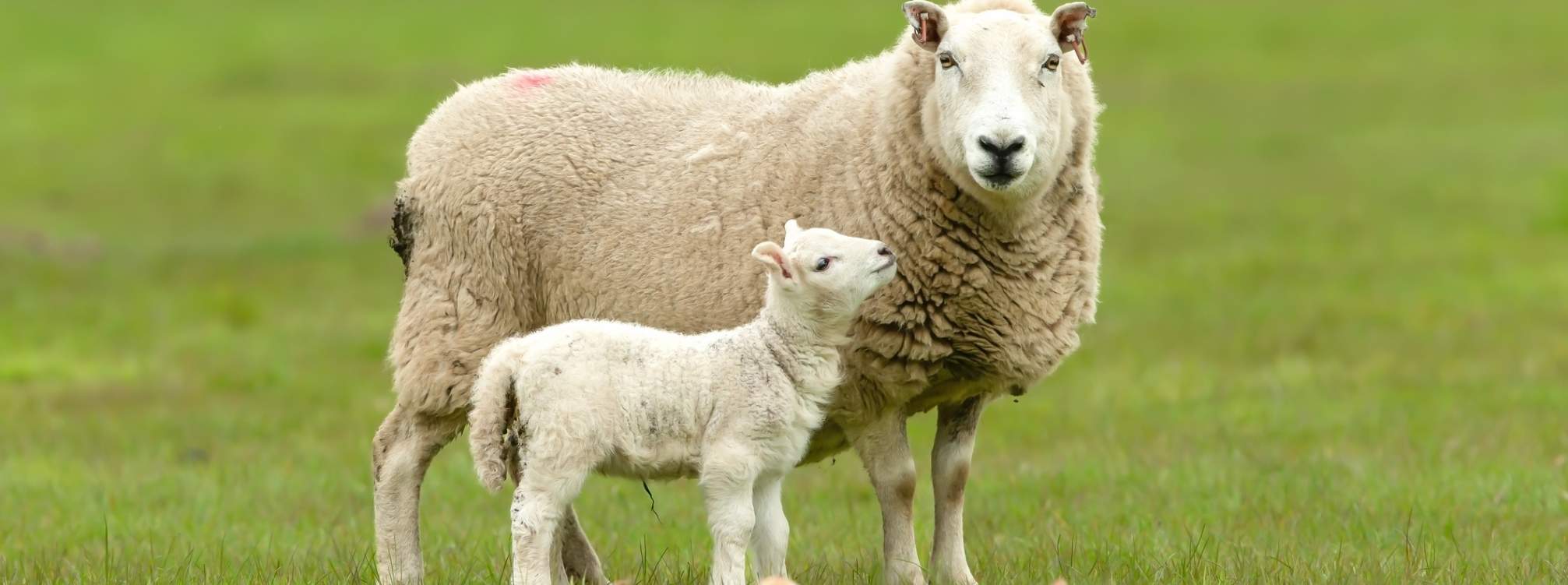This was a time of experimentation and ideas not least in the field of agriculture where the possibility of improvement captured the imagination of the king himself, George III earning the nickname Farmer George as a result of his interest.
The Georgian era may be forever associated with the soaring classical symmetry of its buildings and high society’s fashionable London élite – but in the fields of rural Norfolk, an altogether more down-to-earth transformation was underway.
Seeds of revolution
Away from court, Norfolk landowners Charles ‘Turnip’ Townshend and Thomas Coke were keen to boost the fertility and productivity of their estates at Raynham and Holkham. These influential Georgian movers and shakers were to become part of the British agricultural revolution of the 18th and early 19th centuries.
Charles ‘Turnip’ Townshend, 2nd Viscount Townshend – the Norfolk four-course rotation system
Whig statesman and an enthusiastic gatherer of ideas, Charles Townshend (1674-1738) promoted the concept of crop rotation at Raynham – specifically wheat, turnips, barley and clover/rye grass – recognising that some crops (such as wheat) take from the soil, and some crops (such as clover) give. The rotation had the advantages of better disease and pest control as well as improved yields. His championing of the turnip furnished him with his nickname and provided fodder for sheep which in turn produced manure to fertilise the land.
Thomas Coke, 1st Earl of Leicester – sheep, shearing and the sharing of ideas
Another innovator and promoter of crop rotation on his estate at Holkham, Thomas Coke (1754-1842) – known as Coke of Norfolk – was also a Whig politician as well as an agricultural reformer. He understood that selective cross breeding would result in more productive sheep. And in a precursor to the modern agricultural show, he organised sheep shearing events where information was exchanged, thus his ideas gained traction and spread.
Food and farming today
The role rotation plays in protecting crops from pests and disease is clear, and while the number of crops in a rotation may have grown to include sugar beet, for example, Norfolk farmers are still planting turnips – albeit the smaller stubble variety – for sheep to graze and fertilise the soil.
And while you may be more likely to see peas and beans here than clover, and more outdoor pigs than sheep, the principles of improving soil health still apply.
Across the agricultural industry, the uptake of regenerative farming is bringing back methods that became outdated in more intensive systems. Livestock is being reintroduced into arable rotations; arable farmers are partnering with graziers, for example, who provide so-called flying flocks of sheep in order to improve the land.
Coke of Norfolk and Turnip Townshend would likely feel right at home.

.jpg)

.jpg)
.jpg)
.jpg)




